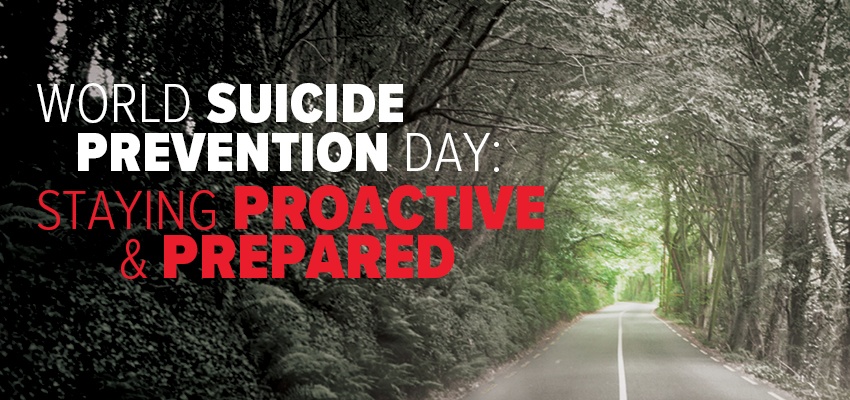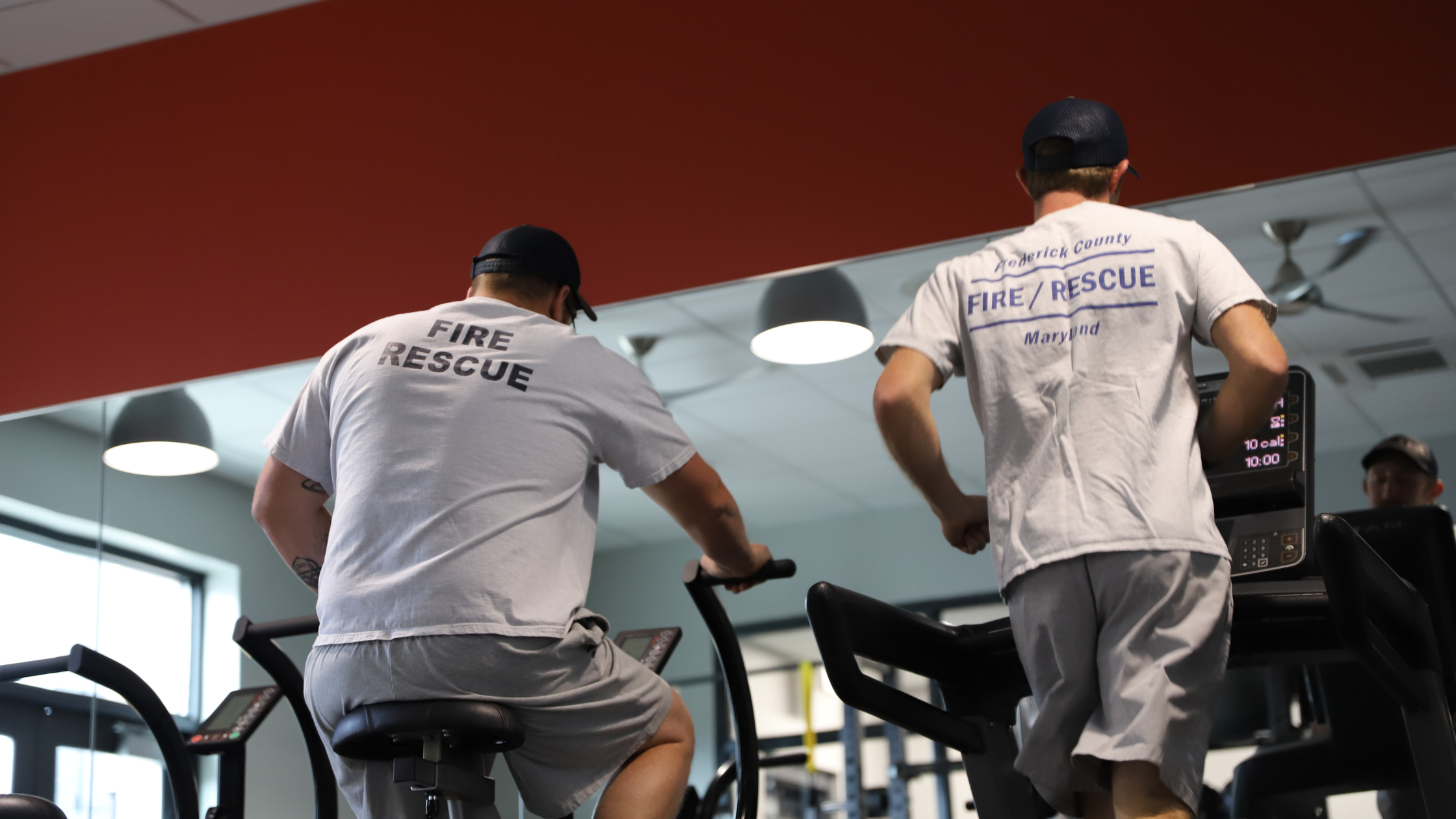World Suicide Prevention Day: staying proactive and prepared
According to the International Association for Suicide Prevention (IASP), suicide is among the top 20 leading causes of death globally every year. It is the cause of more than 800,000 deaths, equating to one each 40 seconds of the day.
First responders are even more significantly impacted by this epidemic. In fact, these individuals attempt to commit suicide at more than 10 times the rate of the general population.

September 10th is World Suicide Prevention Day, and a chance for us to join together to help prevent this devastating occurrence.
IASP describes suicide as “the result of a convergence of genetic, psychological, social and cultural and other risk factors, sometimes combined with experiences of trauma and loss.” As an emergency responder, you’re likely all too aware of the psychological impacts that trauma and loss can leave behind.
Raising awareness about the issue of suicide and banding together to create a support system are two key ways to assist with prevention. In addition, educating yourself about common warning signs and places to ask for help are important elements.
The National Volunteer Fire Council (NVFC) offers a Share the Load program which provides access to important information and resources designed to help first responders and their families to manage and overcome personal and work-related problems. They offer a 24-hour help line for emergency responders, who can call at any time to get support.
In honor of World Suicide Prevention Day, we’ve pulled together the three “L’s” for battling suicide:
- LISTEN – Talk to crew members after hard days. Ask them how they’re doing and listen closely to their responses. Being a supportive presence in someone’s life can make a huge impact. When people feel heard and understood, it helps to alleviate mental anguish and stress.
- LOOK – Watch those around you for warning signs of depression and stress. Do they seem like a different person? Have they become quiet and standoffish? Are they drinking more or abusing other substances? By consistently looking for red flags, you’ll be more likely to pick up on even tiny nuances of trouble.
- LEARN – Know all you can about what to do to help someone who is having a problem. From helplines to connecting someone with a psychologist or counselor, outline a plan of action. Work to stay up-to-date on the latest training practices at afsp.org and aprc.org, and keep the following phone numbers handy, or post them around your facility:
Critical Numbers:
NVFC Share the Load Helpline – 888.731.FIRE (3473)
National Suicide Prevention Lifeline – 1.800.273.8255
Post-Traumatic Stress Disorder, depression and suicide are serious concerns for those working as first responders, but actively combating these occurrences is possible. Talk to your crew and educate them on best practices for taking care of their mental health. Together, we can save lives.
DISCLAIMER
The information contained in this blog post is intended for educational purposes only and is not intended to replace expert advice in connection with the topics presented. Glatfelter specifically disclaims any liability for any act or omission by any person or entity in connection with the preparation, use or implementation of plans, principles, concepts or information contained in this publication.
Glatfelter does not make any representation or warranty, expressed or implied, with respect to the results obtained by the use, adherence or implementation of the material contained in this publication. The implementation of the plans, principles, concepts or materials contained in this publication is not a guarantee that you will achieve a certain desired result. It is strongly recommended that you consult with a professional advisor, architect or other expert prior to the implementation of plans, principles, concepts or materials contained in this publication.
This blog post may contain the content of third parties and links to third party websites. Third party content and websites are owned and operated by an independent party over which Glatfelter has no control. Glatfelter makes no representation, warranty, or guarantee as to the accuracy, completeness, timeliness or reliability of any third party content. References to third party services, processes, products, or other information does not constitute or imply any endorsement, sponsorship or recommendation by Glatfelter, unless expressly stated otherwise.
Related posts
How you can help protect your most important asset: your people, and how to help them set up their insurance benefits so that they reflect their wishes.
Agreed value eliminates many of the downsides that emergency service organizations may experience from traditional auto policies.
Consider this multi-faceted approach to help your emergency services personnel prevent, cope with and recover from behavioral health concerns.



.png?height=300&name=Glatfelter%20Team%20-%20Blog%20-%20Author%20(1).png)




Submit a Comment